Teacher shortage worsens in South Dakota due to politics, low pay and lack of respect
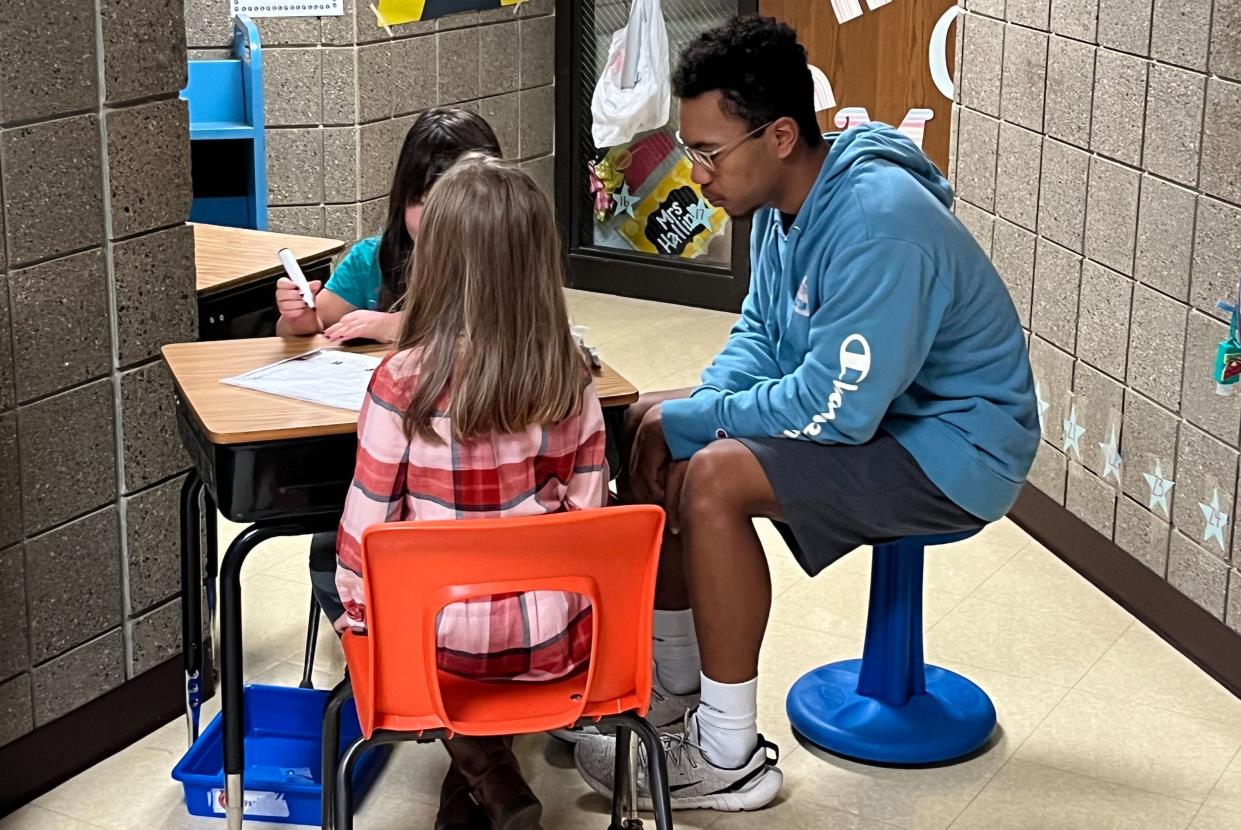
- Oops!Something went wrong.Please try again later.
Concern over the future of the teaching profession in South Dakota has led to more aggressive efforts by education officials to train and inspire a new generation of classroom leaders, with particular emphasis on elementary school classrooms.
The push comes as kindergarten through 12th grade teacher shortages worsen across the state, a trend driven by below-average salaries and dissatisfaction in the teaching ranks following the difficulties of the COVID-19 pandemic and the recent politicization of social studies standards and crackdown on so-called “inherently divisive” or race-based curricula under Gov. Kristi Noem.
Noem proposed a 5% increase in state aid to education for the 2024 fiscal year as part of her $7.2 billion budget plan, on the heels of a 6% increase in 2023.
That would put $24 million in new money into public schools for the 2023-24 school year, 44% less than the nearly $43 million in new funding allocated in the 2022-23 school year, according to the Associated School Boards of South Dakota. School districts can determine how much to allocate for salaries, but the money is also needed for expenses such as utility costs, food services, transportation, technology and extracurricular activities.
State Rep. Linda Duba, D-Sioux Falls, who serves on the House Appropriations Committee, told News Watch that she plans to work with fellow legislators to push for more education funding in the 2024 budget to help recruit and retain teachers and meet the demands of inflation. The former teacher expressed concern for the profession amid the current political and cultural climate in South Dakota.
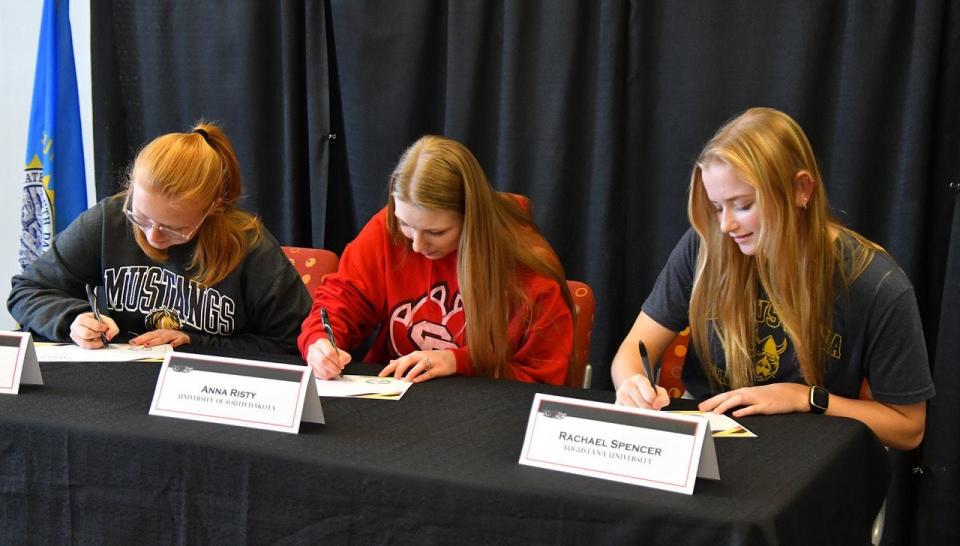
“An element of trust and respect has been lost,” Duba said. “There are a lot of like-minded folks who understand what undervaluing teachers and setting low-budget targets has done to state education over the last four or five years.”
There were 176 statewide teacher openings at the end of December 2022, compared to 111 at the end of December 2021, a result of teacher retirements but also a rise in K-12 enrollment in South Dakota from 128,000 to 141,000 students over the past decade. The current openings include 36 in special education and 34 in elementary education.
The state’s largest school district, Sioux Falls, had 25 open teaching positions in June 2022, according to Assistant Superintendent Jamie Nold.
“We’re getting calls from schools looking for teachers in the middle of the year,” said Amy Schweinle, dean of the University of South Dakota School of Education. “These are unprecedented times, and it seems like elementary education is one of the biggest needs.”
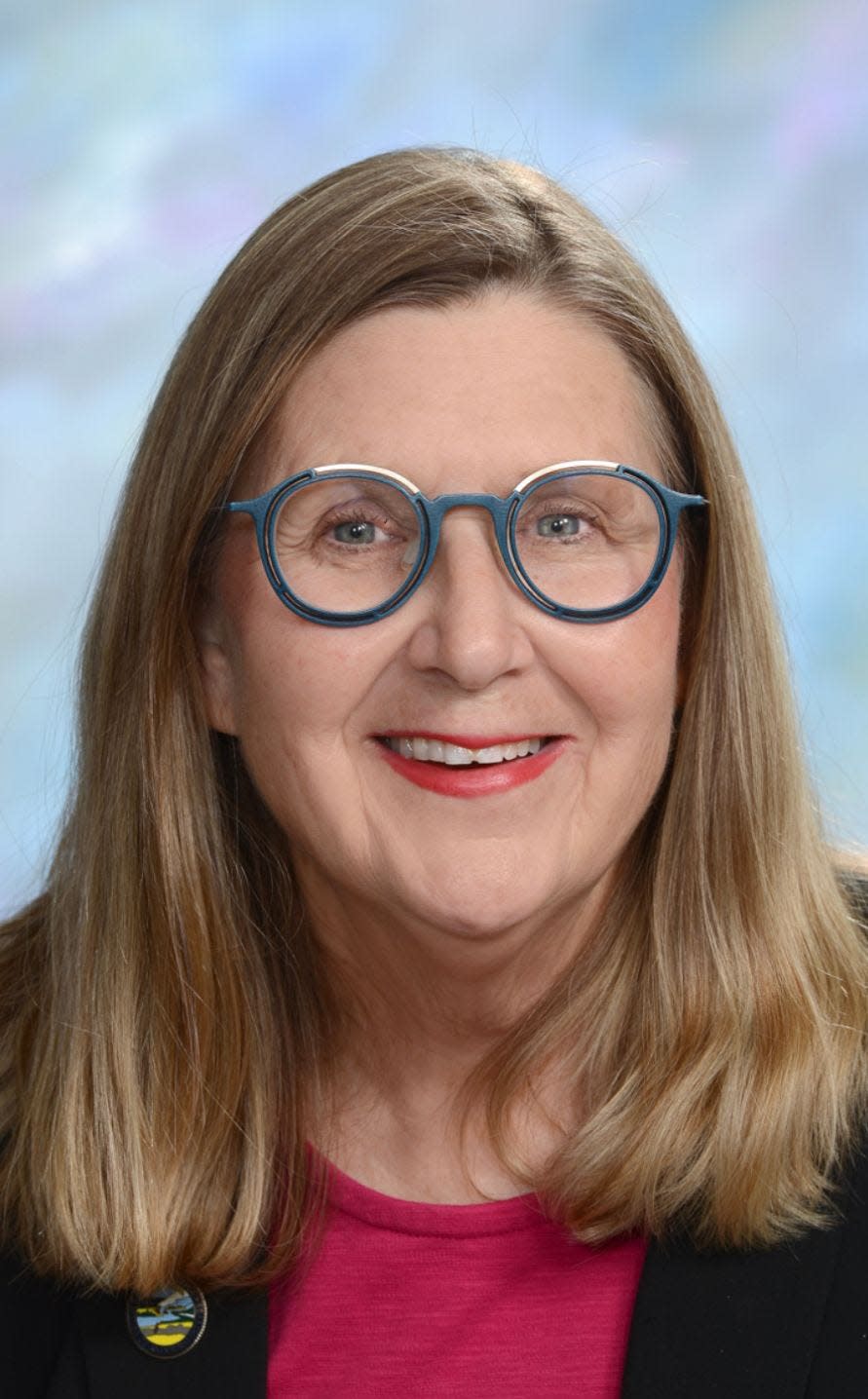
Administrators say chronic vacancies can erode the educational experience due to schools having to combine classrooms (increasing student-to-teacher ratio) or hire less-qualified applicants to fill positions. Sioux Falls has dealt with some classroom openings by hiring long-term substitute teachers or bringing back retired teachers to fill the void, Nold said. If the current teacher workforce and student population trends hold true, the student-to-teacher ratio could rise to 20:1 by 2025, above the target ratio of 14:1 in South Dakota.
More:Teachers in Harrisburg, Tea, Sioux Falls hold 'walk-ins' against social studies standards
Wade Pogany, executive director of the Associated School Boards of South Dakota, said the number of statewide teacher vacancies is greater than 2015, when then-Gov. Dennis Daugaard formed the Blue Ribbon Task Force that spurred a legislative effort to reform the school funding formula and support teacher salary increases with a half-penny sales tax increase.
Despite those efforts, South Dakota’s average teacher salary of $49,547 currently ranks 50th in the nation, according to the National Education Association, well below the national average of $65,293 and neighboring states Minnesota ($66,561), Wyoming ($60,234), Iowa ($58,831), Nebraska ($56,463), North Dakota ($54,837) and Montana ($53,133). South Dakota ranks 39th in per-student state spending at $11,102, according to the NEA.
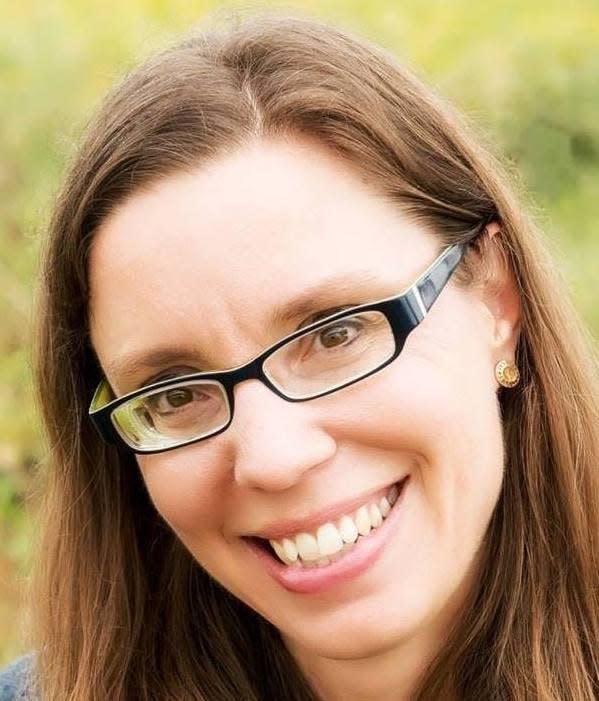
The Sioux Falls schools increased the average teacher salary within the district from $53,200 to $57,160 over the past year to try to attract and retain employees, as well as seeking to expand benefits and insurance programs. Some of the top school districts in average teacher pay according to the South Dakota Teacher Compensation Review Board’s 2021 report were Brandon Valley ($73,177), Yankton ($72,687), Huron ($66,723) and Mitchell ($66,555).
But with the national inflation rate at 7.1%, administrators are concerned about their ability to offer competitive salaries to retain skilled teachers or recruit recent college graduates who can make as much as $10,000 more annually by taking a job across the state border.
Asked if the teacher shortage will lead Noem to call for a reexamination of school funding akin to Daugaard’s Blue Ribbon Task Force in 2015, Duba said: “No, I do not. It’s been glaringly apparent the last four years of her administration that teacher pay is not a priority. It’s important to keep in mind that teachers are professionals, and we need to respect their profession by encouraging them to stay here and reward them for their efforts. Being ranked 50th in teacher pay is not exactly a badge of honor.”
More:Analysis: Gov. Kristi Noem's claims on South Dakota's educational outcomes require more nuance
While much attention is focused on the demand side of the teacher shortage issue, universities and K-12 administrators are searching for ways to ensure a future supply of teachers at a time when many faculty members are expressing frustration with the state of education.
A survey by the American Federation of Teachers released in January 2022 found that 55% of the 3,600 members polled are thinking about leaving the profession earlier than they had planned, almost double the percentage from two years earlier. Reasons cited included burnout, general stress from the pandemic, low pay and lack of respect from the public. Eighty percent said that unfulfilled job openings have led to more work for the educators who remain.
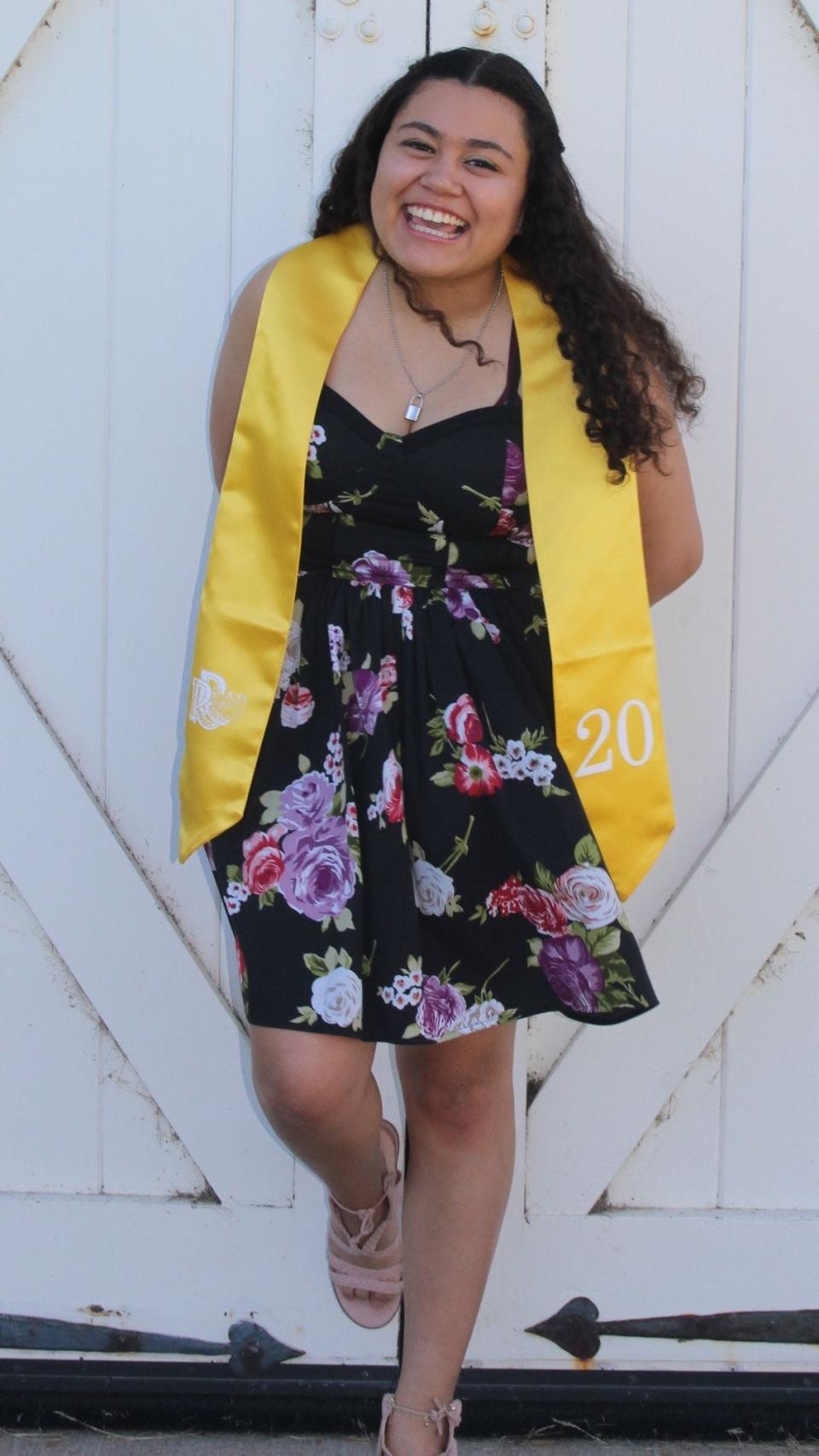
Gina Benz, an English teacher at Roosevelt High School in Sioux Falls, cited the political and cultural landscape in South Dakota as one of the reasons for teacher disenchantment.
As part of the Teacher Pathway program in Sioux Falls, which started in 2018, Benz aims to encourage a new generation of educators by putting high school students on an earlier path to earning a teaching degree and entering the workforce, preferably in their home state. The partnership with University of South Dakota is open to juniors and seniors and includes about 140 students who shadow and assist teachers at elementary schools and earn college credits at an affordable rate.
And starting in the fall of 2023, USD will offer its elementary education degree at the USD-Sioux Falls satellite campus to accommodate students who might not be in position to pursue a traditional college experience in Vermillion.
One of the goals is to make the profession more accessible to minority or nontraditional students who can help make the district’s teacher pool more reflective of the demographic makeup of its student body. Student enrollment in Sioux Falls is 58% white, 14.7% Hispanic and 12.5% Black, compared to a faculty that is roughly 95% white.
“What we’ve been doing as a state hasn’t filled our teacher pipeline needs,” said Jay Perry, vice president of USD-Sioux Falls and a former policy advisor for the South Dakota Board of Regents.
— This article was produced by South Dakota News Watch, a non-profit journalism organization located online at SDNewsWatch.org.
This article originally appeared on Sioux Falls Argus Leader: Teacher shortage worsens in South Dakota due to politics, low pay and lack of respect

